
India’s Rajasthan and Gujarat need policy reforms to fuel RE transition
Some steps they could take are implementing green tariffs and setting infrastructure funds.
The states of Rajasthan and Gujarat are leading the renewable energy transition in India, but more can still be done if some policy tweaks are implemented to boost their momentum, according to a new briefing note by the Institute for Energy Economics and Financial Analysis (IEEFA).
“Whilst states that are slower in their transition to clean energy need to ramp up efforts, even leaders like Rajasthan and Gujarat must keep taking stock and corrective measures to ensure they do not lose momentum,” said the note’s co-author Vibhuti Garg, director – South Asia, IEEFA.
Aside from existing policies, IEEFA laid out suggestions that could help the states sustain their lead.
Gujarat has a high incremental green tariff, but Rajasthan lacks one. Both states need to adjust their policies.
“By enabling consumers to procure renewable power at a premium, Rajasthan can drive demand for renewable energy, encouraging further investments in renewable energy infrastructure without burdening consumers with high upfront costs,” said the note’s co-author Tanya Rana, energy analyst, IEEFA.
She adds Gujarat should focus on refining its regulatory framework to ensure this pricing does not deter potential consumers.
IEEFA also said both states should integrate green budgeting into their fiscal planning since this will allow them to prioritise investments in renewable energy and green technologies.
Another area that both states should further unlock is distributed solar since Rajasthan and Gujarat only have about 7% and 15%, respectively, of their total renewable energy capacity (including large hydro) to distributed solar.
“Promoting DRE [distributed renewable energy] can reduce pollution by decreasing reliance on centralised power plants, helping both states meet their renewable energy targets while creating jobs and stimulating economic growth,” said Rana.
The states also need dedicated infrastructure funds designed to finance renewable energy projects. Such allocations can provide the needed capital for large-scale investments, enabling the states to implement ambitious renewable energy targets effectively, said Garg.
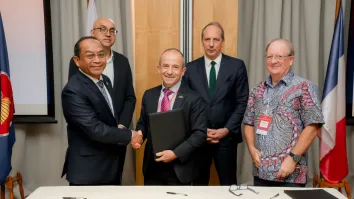







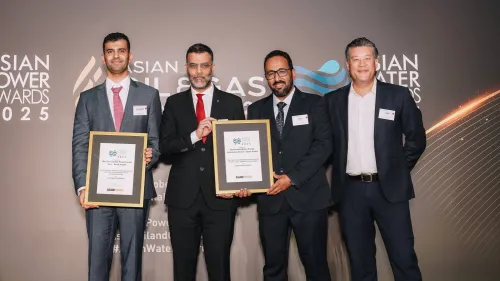
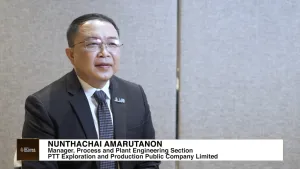
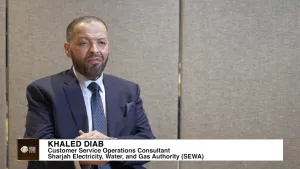



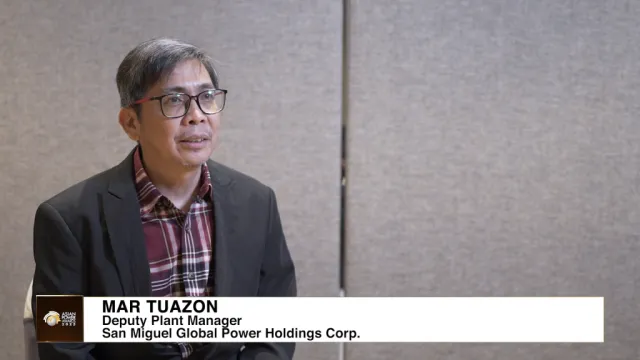
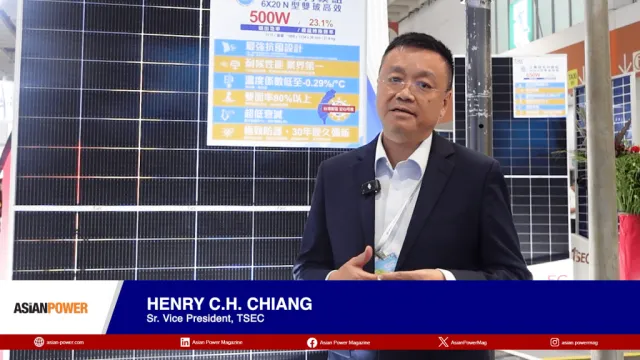

 Advertise
Advertise







